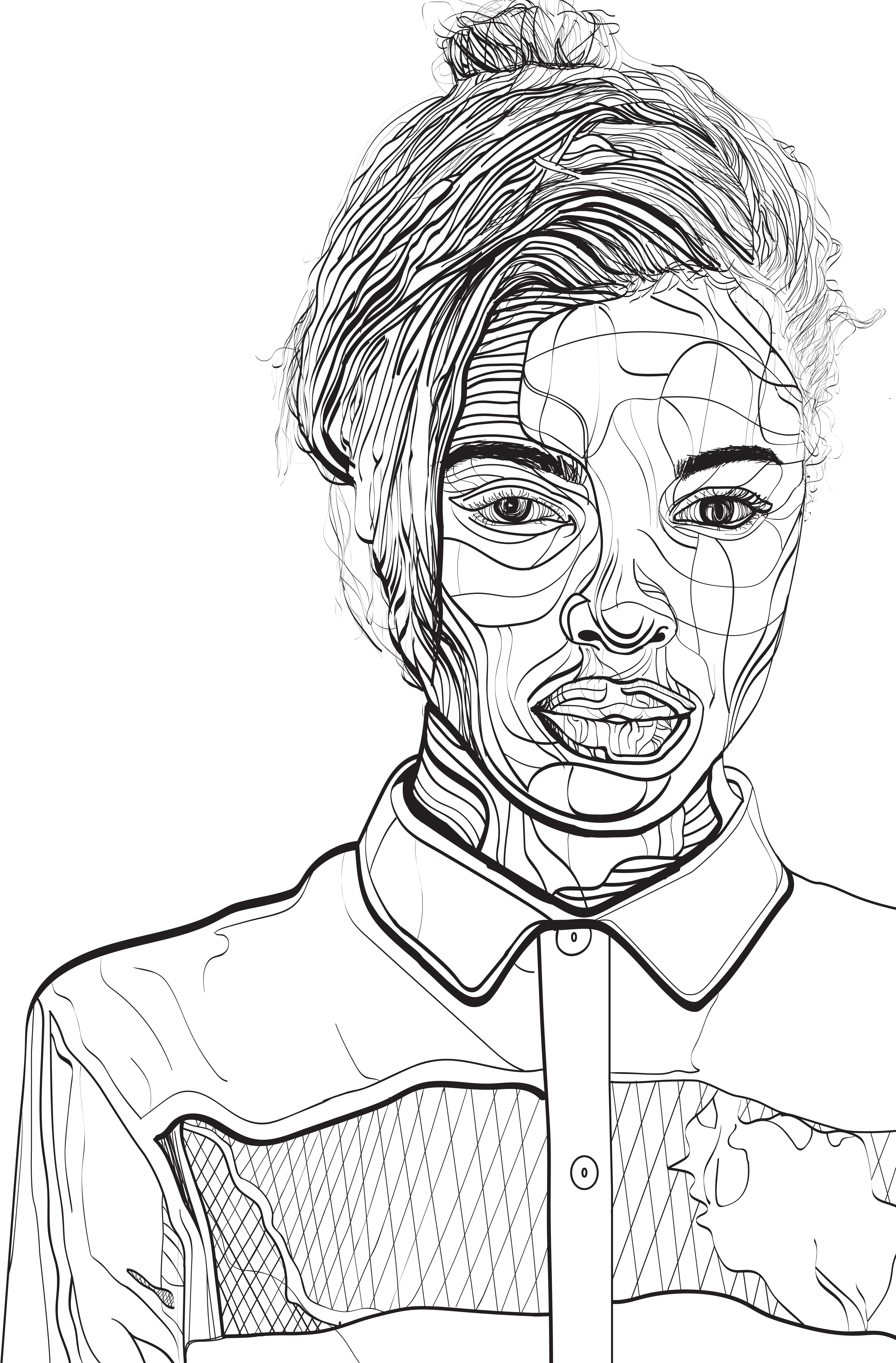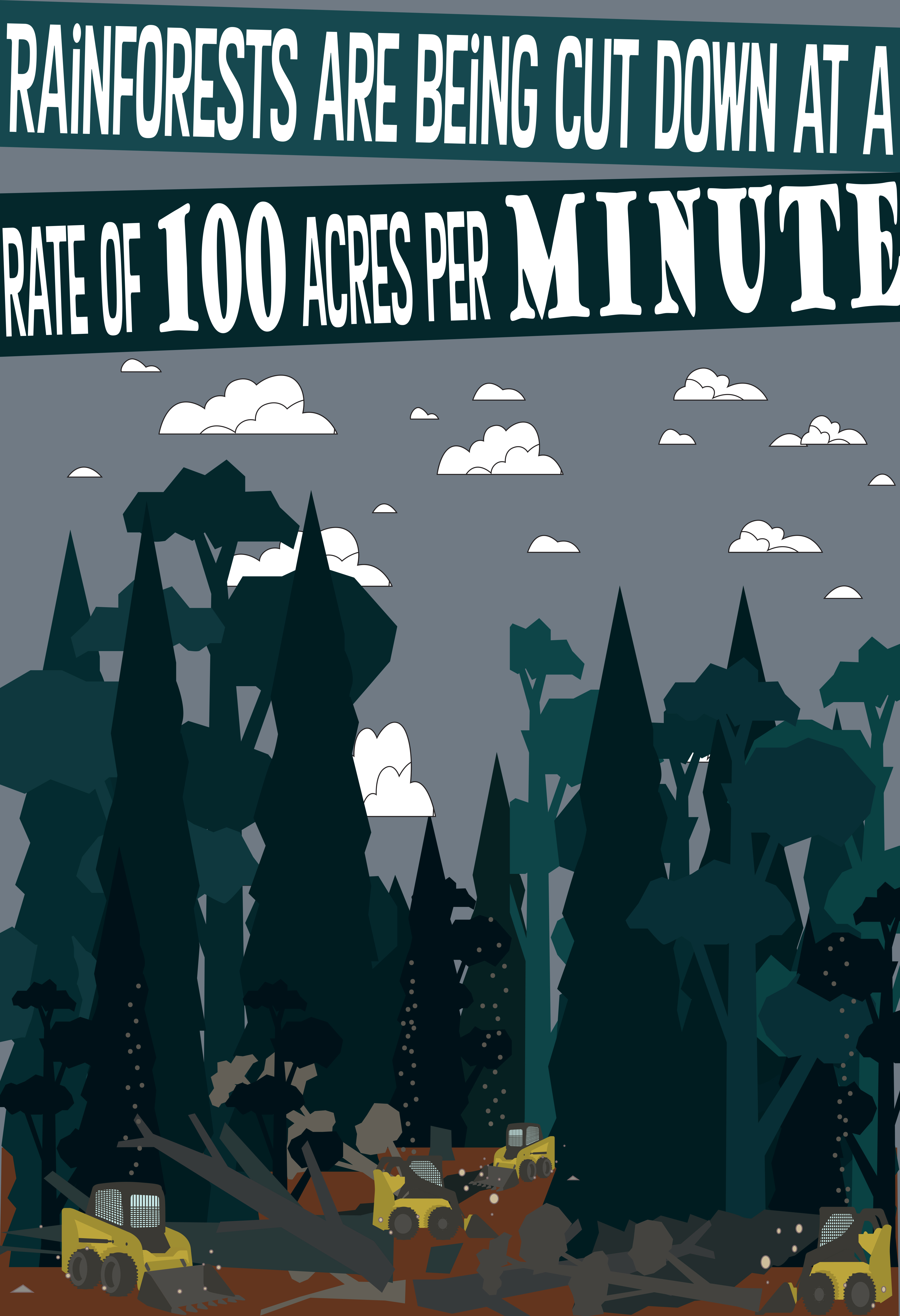.jpg) My Background and
My Background and
Why I teach
Why do I teach? I have wanted to be an art teacher since I sat in my first art room. I was not always a great student but the art room was my home. The place where I always knew I would be enough. I loved how much I believed in myself there, How I would grow, laugh and learn. I watched so many artists’ lives grow and change over the 4 years I was in the high School art room. I wanted to be a part of the change. To help students exceed their expectations and learn how to turn their passions into a career.
As an art teacher I strive to create an environment that is encouraging. That teaches students to have confidence, to not fear failure, to create with confidence, collaborate to expand their potential and to persist through what challenges them. My classroom is an environment where students’ voices are listened to and then are guided to solve whatever we need to solve.
2021 marks my 18th year as a Teaching artist and my 23rd year as an artist! My Pathway to teaching was far from conventional. I worked as a graphics designer and photographer and then completed the alternate route to certification. The real-world experience gives me a unique perspective and also allows me to appreciate the teaching side of things. Over the past 18 years I have taught everything from Jewelry to Graphic Design. In Colorado and NJ.
Before teaching, I graduated from The University of the Arts in Philadelphia with a BFA in Photography. After College, I was a Freelance Graphic Designer for 15 years. My first teaching position was in my hometown of Ocean City, New Jersey. In 2006, I relocated to Colorado, and started my second teaching position at Castle View High School, where I continued to develop my teaching skills and draw inspiration from teachers and students. In 2010 I relocated back to NJ. I started my own photography business www.heathercoxphotography.com and In 2013, I returned to my hometown to continue teaching Digital art.
What motivated me? I was always driven to teach because of the students. I love my students, even the ones that test my patience. Early on in my teaching career, I had an administrator tell me that she could tell I was going to be a good teacher. That I just have the right personality for it. I am not sure if she was trying to build my confidence or if there is some validity to her claim. But over the years I have noticed that some people have what it takes to stick it out and others do not. According to Georgetown University …good instructors have several qualities in common. They are prepared, set clear and fair expectations, have a positive attitude, are patient with students, and assess their teaching on a regular basis. In the classroom, I strive for these qualities every day. I love how no two days are the same and I enjoy being the guide on the students’ adventure with art. Because you never know how that day may impact a student and if you might change their feeling about the subject altogether.
.jpg) These moments keep
These moments keep
me teaching
Just the other day a super quiet student, Mike, was working diligently on his project and as I walked through the room his progress stopped me in my tracks. He was excelling. His work was wonderful. His creative choices were strong and well thought out. He quietly asked how to adjust the path and then I said “this is so wonderful! You must be so proud of yourself. How many art classes have you taken?” Mike smiled and quietly said, “I hate art and this is my first class, I am really enjoying it so much more than I thought.” I replied, “I can tell by looking at this amazing work.” Moments like this keep me going, keep me growing and remind me why I teach. I love the moment when a student realizes he has a new skill or potential to be something they never imagined and that they are more than a number or a test score.
Lifeline Learner
I am definitely a lifelong learner. I love to explore new things all the time in the classroom and in life. I am perpetually learning and growing, exploring new digital artists on Behance, finding new and relevant projects to create and keeping up with the ever changing adobe programs. Like Practice #1 in the growth mindset article I will never stop growing (Gunn, n.d.). Honestly, if I don’t grow as tech changes what I will be teaching the students will no longer be relevant in the real world.
I always set annual goals for growth and learning. This Year one of my goals was to start working towards my masters. After 18 years of Education I felt like I was getting a little too comfortable and I wanted to learn and develop new skills so that I could keep providing the best education possible to my students.
My personal growth goals are always to strengthen my teaching skill, Learn something new and build by Ed tech toolkit (Tracy, 2018). To accomplish thisI annually take grad courses at Uarts in Philadelphia, pa. Last year I completed a photoshop course and a photography course. I find it incredibly useful to see how other teachers teach the content I teach. I also love the time it allows me to explore the project myself. I get to go through the steps and see how it would feel to be a student again every year and that always opens my eyes to new feelings or ways to teach. This summer I will start my MED in Art Education.
In 7 Habits of Highly Effective Teachers, they discuss how “When Planning I begin with the end in mind.(2018)” Throughout my course use the same technique. What do I want the student to learn/create? What tool do you want them to use to create it? What design problem will they solve? I like to visualize the destination, gather the sample images needed.I create a demo file so students can see how to build a solution. The end goal is the item I use to assess learning so the end goal is always where I start when planning. The end game is also what I use to reflect on. Once the project is complete the end product will allow me to assess and adjust the lesson for future classes.
Below is a sample of the student artwork which I gather throughout my course. The sampling of peer work is used in a presentation show to current students prior to each project. This presentation of peer work is much more engaging to students. They can see what is possible, with a little work and practice.
“EXPAND YOUR COMPACT FOR UNCERTAINTY. ONE OF THE KEY ELEMENTS IS ONE THING JOHN KEATS CALLED NEGATIVE CAPABILITY. THIS ABILITY TO STAY IN SPACE WHERE YOU DON’T EXACTLY KNOW WHAT IS GOING TO HAPPEN NEXT. WILLING TO UNDERSTAND THAT NOT ALL OF THEM ARE GOING TO LEAD SOMEWHERE. BUT PURSUING AN IDEA WILL LEAD TO THE NEXT IDEA….CREATIVITY IS A SPIRAL OF EXCITEMENT AND DESPAIR AND ALLOWING YOURSELF TO DISAPPEAR BECAUSE IT LEADS TO NEW THINGS. KEEP AT IT.”
– JULIA BURSTEIN, 2013























Resources:
“Top Qualities of an Effective Teacher.” CNDLS, https://cndls.georgetown.edu/atprogram/twl/effective-teacher/.
Education and Personal Change (2016, September 29). 7 Habits of highly effective teachers YouTube. https://www.youtube.com/watch?v=wVApcmbD_zI
PBS Digital Studios (2013, October 3). Off Book: How to be creative YouTube.https://youtu.be/weIQIthC3Ks
.gif)
.jpg)


.jpg)

.jpg)
.png)
.png)
.png)
.jpg)

.png)
.jpg)
.jpg)
.jpg)
.jpg)
.jpg)
.jpg)
.jpg)
.jpg)
.jpg)
.jpg)
.jpg)